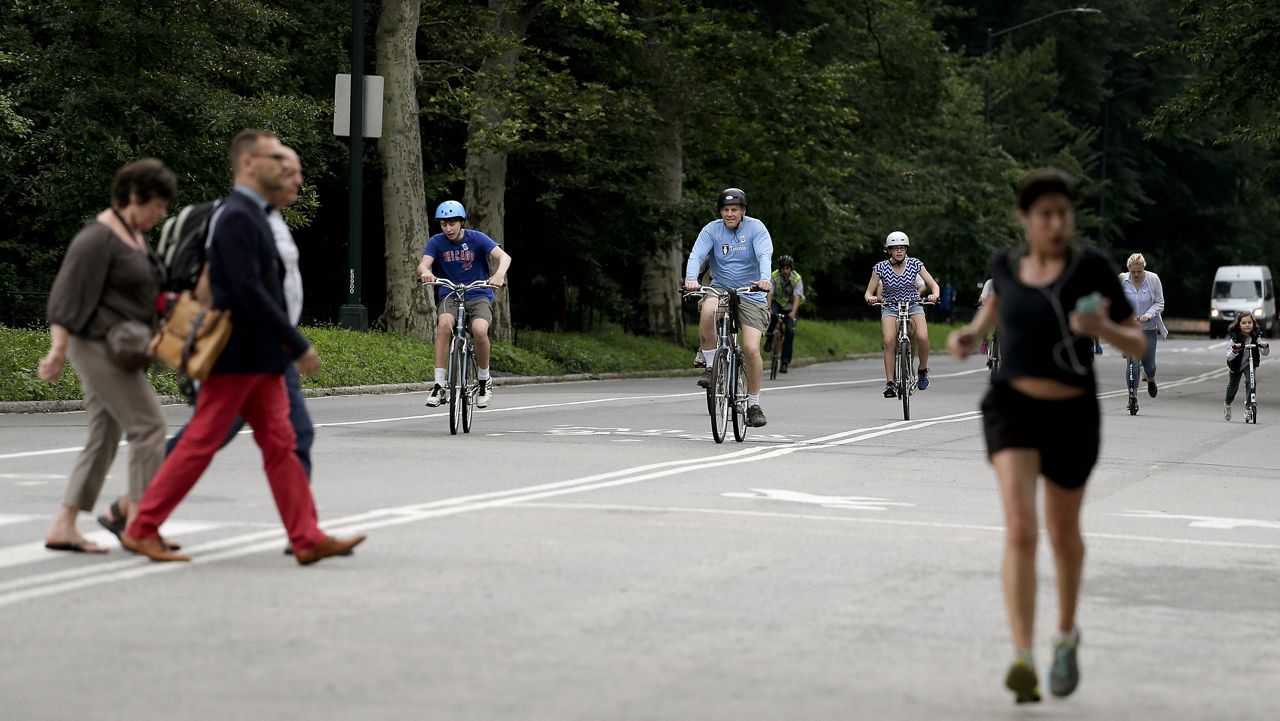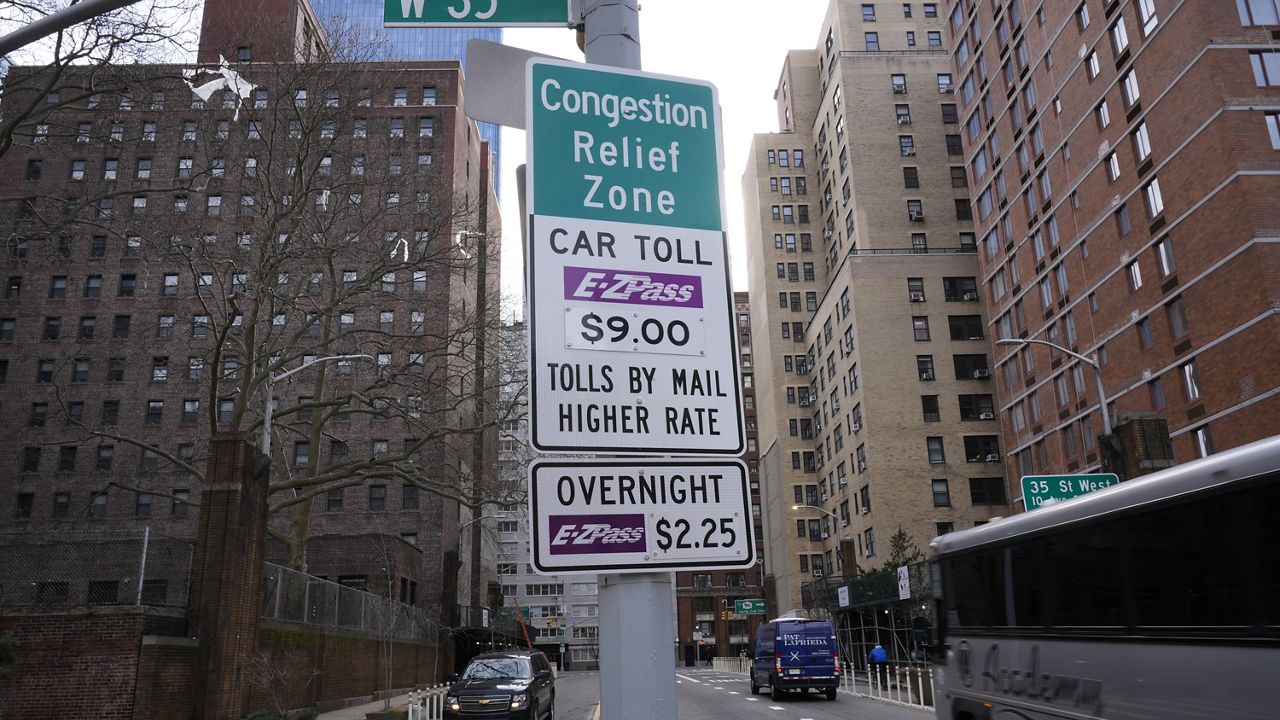With congestion pricing on hold indefinitely, what does that mean for the future of the Second Avenue subway?
Residents hope that the second phase of the project will extend the Q train north past 96th Street, and add new stations at 106th, 116th and 125th Street.
“I would love to use it, because it is going to help me,” Papa Ldiaye, an East Harlem resident, said. “I live right here on Second Avenue, so that would be great if it is here.”
The project had momentum at the start of the year, with the MTA awarding the first of four contracts to begin work on phase two.
A $182 million contract was awarded to a city-based, family-owned company to begin relocating underground utilities from 105 Street to 110 Street on Second Avenue. That work began back in March, giving some hope to residents of East Harlem.
But the cost to complete the second phase of the project and extend the line up through 125th Street is expected to total $7.7 billion.
The federal government awarded a $3.4 billion grant, conditioned on the MTA matching it with $4.3 billion, which was supposed to come from congestion pricing. MTA CEO and Chair Janno Lieber said losing those grants is a serious concern.
“Our team at the MTA, along with the folks at U.S. DOT [U.S. Department of Transportation], did amazing work to land that $3.4 billion commitment and we’re going to do our best to prevent it being put at risk, though that is a challenge,” Lieber said.
The idea of the Second Avenue subway station was proposed back in the 1920s, and it wasn’t until 2017 that phase one of the project was complete. New stations opened at 72nd, 86th and 96th street.
The MTA was hoping to complete the second phase faster and on budget, but now that is in jeopardy.
“It seems like maybe not the only way that they can find the funding for it, but nonetheless I do hope they find a way to fund it,” Carissa Muller, an East Harlem resident, said.
Work on phase two of the project was expected to be completed in the 2030s. With no source of revenue yet identified, it is not clear if or when the next contract will be rewarded.





)

